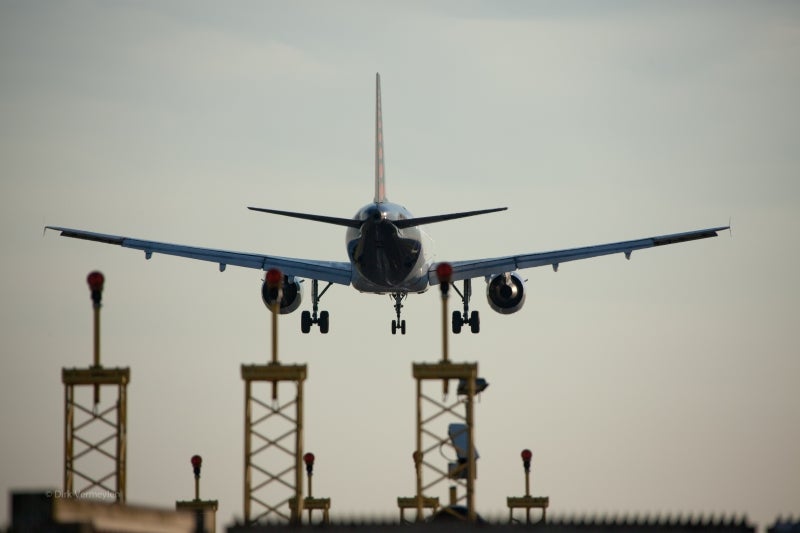
Dangerous Airport Runways: Where Pilots Fear to Land
As any experienced pilot will know, not all takeoffs and landings are created equal. There are numerous factors that can influence the difficulty of flight movements at an airport, from wind conditions and runway gradient to physical constraints on a flight’s approach and the dynamics of the runway surface itself.
And those are just the obvious examples – the busy highway that runs directly across the runway at Gibraltar International Airport, or the functioning railway track that traverses the tarmac at Gisborne Airport in New Zealand, are less likely to crop up in the pilot’s manuals.
The most treacherous airport runways are usually operated under strict controls to minimise risk, and pilots often require years of local experience or specific training to fly these routes. These airports are also often the gateways to some of the least accessible and most memorable places on earth. Below are five of the world’s trickiest airport runways, and what makes them unique.
Tenzing-Hillary Airport, Nepal
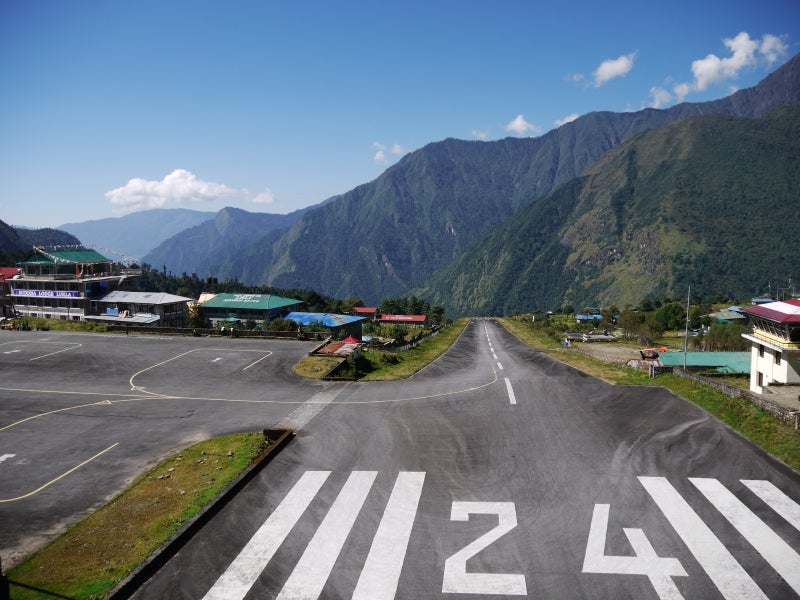
Photo credit: Smallufo
Nepal’s Tenzing-Hillary Airport, often referred to as Lukla Airport, is named after the famed mountaineers who were the first confirmed to have reached the summit of Mount Everest, to which the facility acts as the main access point. Lukla Airport is better described as an altiport, a high-altitude airport nestled in a mountain range. Its 527m runway can only be used by helicopters and smaller fixed-wing short-takeoff-and-landing (STOL) aircraft, and it’s easy to see why Tenzing-Hillary is frequently referred to as the world’s most dangerous airport.
A short runway that ends in a steep rock wall on one end and a dramatic plunge into the valley below at the other means that Tenzing-Hillary has no go-around procedures. Pilots have to get the landing right the first time, which means the Civil Aviation Authority of Nepal has set strict standards for pilot experience at the airport, including 100 STOL missions and ten landings at Tenzing-Hillary under the supervision of an instructor. Further dangers include regular and powerful crosswinds and sudden reductions in visibility due to cloud cover at the airport’s altitude of more than 2,800m.
The safety stakes are high – Lukla Airport has been the scene of several deadly runway accidents in recent years. In April this year an aircraft with no passengers onboard veered off the runway and crashed into a helicopter, killing the pilot and two police officers on the airfield.
Congonhas Airport, Brazil

Photo credit: Valter Campanato/Agência Brasil
Congonhas Airport is one of four airports serving the massive metropolitan area of São Paulo, and has become infamous for the risks presented by runways, which for many years were criticised as slippery and prone to dangerous build-up of sitting water. These risks culminated in July 2007, when a TAM Airlines Airbus A320 overran runway 35L in rainy conditions and crashed into a nearby warehouse, killing all 187 people onboard and 12 people on the ground.
After this, Brazil’s deadliest aviation accident, urgent works to create drainage grooves in the runway (pictured above) were completed and several other restrictions were set on the airport to improve safety. These measures included the loss of Congonhas’s international status, restrictions on the size of aircraft using the runway and reductions in the airport’s operating times and number of landing slots.
St Helena Airport, South Atlantic Ocean
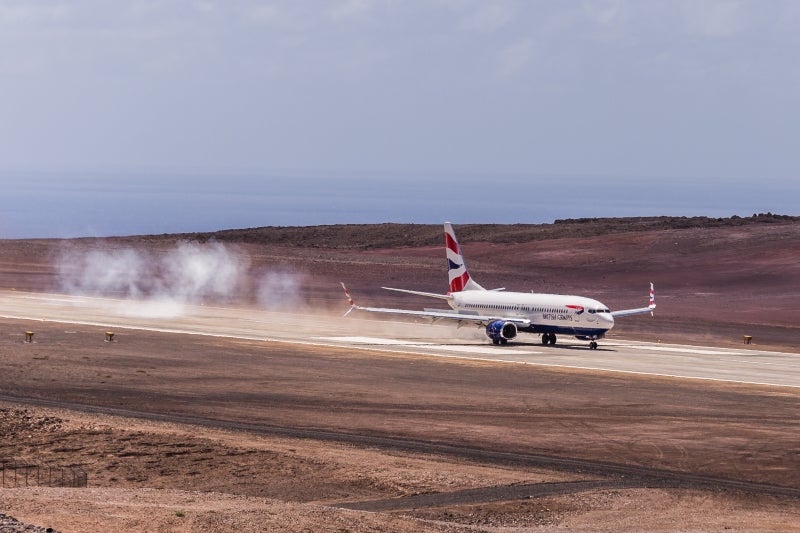
Photo credit: Paul Tyson
While Tenzing-Hilary may have a reputation as the world’s most dangerous airport, St Helena Airport on the remote South Atlantic island of the same name has recently garnered an unwanted moniker of its own: ‘the world’s most useless airport’.
St Helena is a British Overseas Territory that lies more than 1,200 miles from the nearest significant landmass, and since 2006 it has been embroiled in a much-maligned £285m project to develop an airport servicing the island, which is home to under 5,000 people. The airport finally opened in summer 2016, but controversially the dangerous wind speeds on approach to the airport’s runway were not well accounted for by the project.
A Comair test flight in April 2016 using a Boeing 737-800 airliner was only able to land on its third attempt due to high winds, and subsequently the airport has set a limit of 68 passengers to ensure flights can safely take off and land, while a particularly dangerous section of the runway has been deemed off-limits to pilots.
Courchevel Altiport, France
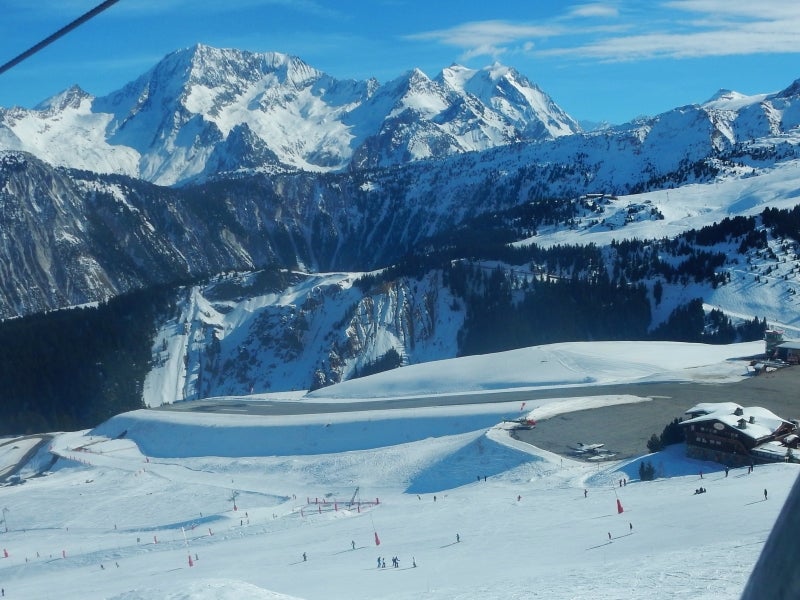
Courchevel Altiport is a small air hub in the French Alps, a region famous for its altiports. At 537m, the airport’s runway is almost as short as Tenzing-Hillary’s, and it is much steeper, with a gradient of 18.6%, which is intended to help decelerate planes as they land and speed them up as they take off.
Nevertheless, even reaching the altiport is a treacherous traversal of steep alpine valleys that necessitate extra pilot certification. The facility is often closed entirely to flights based on poor weather conditions, which are exacerbated by the runways lack of lights, and like Tenzing-Hilary, the mountainous terrain means that there are no go-arounds and pilots must stick the landing on the first attempt. Denying service in poor conditions is particularly important because the altiport operates right next to a well-used ski slope.
McMurdo Station, Antarctica
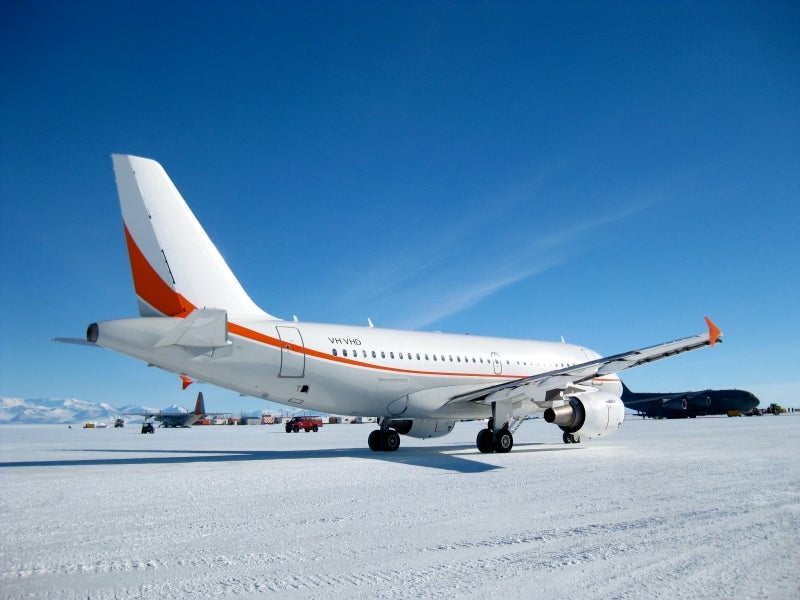
Photo credit: Eli Duke
No matter the challenges of taking off or landing at one of the aforementioned airports, all of these at least have tarmac on which to land. The same can’t be said for McMurdo Station, the US research centre that acts as one of the main airports for the Antarctic continent. The station hosts two permanent runways, not counting the Sea Ice Runway, which is built once a year during the Antarctic summer season, while sea ice is still thick enough to land on.
The Phoenix Airfield, which replaced the Pegasus Field in 2017, is composed of heavily compacted snow – referred to as ‘white ice’ – around 3-4 inches thick, as it doesn’t suffer from the same level melting that impacted Pegasus Field, which was built over blue ice.
Phoenix Airfield is certified to handle up to 60-wheeled flights a year, but between unpredictable weather conditions, 24-hour nights during winter and no runway lights to use as a guide during potential white-out conditions, landing at McMurdo is an intimidating prospect for even experienced pilots, although the station’s runways have a strong safety record.


